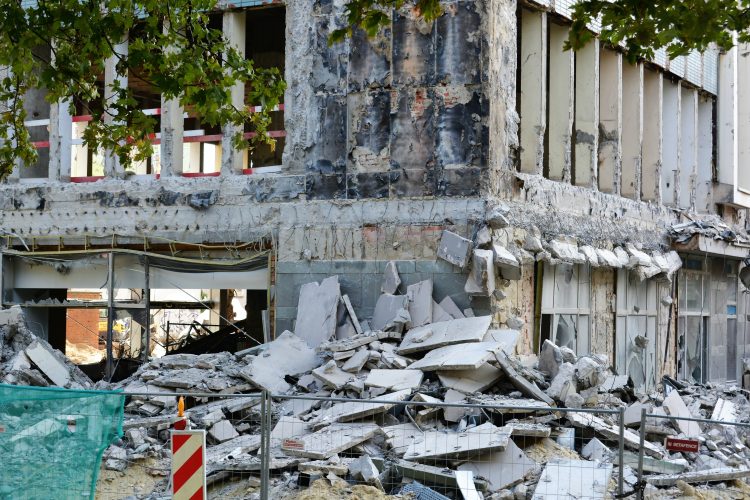In recent years, we have been reminded time and time again of how vitally important it is to engineer disaster-resilient structures. Climate change has increased the frequency and severity of natural disasters, and induced the growing consensus around ensuring that the built environment can protect people and communities from harm.
The 7.8 magnitude earthquake hitting Turkey in February 2023 is a stark reminder of how devastating natural disasters can be, leaving behind significant casualties, crumbling buildings and infrastructure and widespread homelessness.
However, in its aftermath, some experts believe the collapse of many buildings was preventable. Had the structures strictly complied with the building codes, they may have been more resilient and withstood the impact.
Common approaches to disaster-resilience
Disaster-resilience always involves the interaction between multiple stakeholders. Local building regulations written by government officials will often encode the responsibility of developers to account for hazardous risks in any projects they propose. These developers will contract engineers and architects to collaborate and devise strategies within the overall plan to mitigate and adequately respond to the risks. There are a couple of fundamental considerations here:
- Material choice: building materials should be resistant to the specific hazards that are common in the area where the structure will be built. For example, in places that are prone to earthquakes, reinforced concrete or steel may be suitable selections for they are strong, ductile (i.e., be able to deform without breaking) and can withstand some extent of the shaking. In areas that are prone to flooding, it is more advisable to construct with materials that are water-resistant, such as concrete or brick.
- Flexible design: flexibility is another important factor in engineering disaster-resilient structures. You can build flexible structures by providing sufficient space and load-carrying capacity so that the building can move slightly without being damaged, which can lessen the risk of collapse in the event of a disaster. Flexible structures are also often more repairable in the aftermath.
- Intelligent layout: though this may seem obvious, structures should be located away from areas that are prone to flooding or landslides, and they should be designed to allow for easy evacuation in the event of an emergency
- Redundancy: allowing for multiple ways for a structure to support its own weight can help to prevent its collapse if one part of it is damaged
Disaster-resilience in the United Kingdom
One of the primary natural hazards we face in the UK is flooding. According to the Environment Agency, one in six homes in the country is at risk of flooding with the expectation that the figure will double within the next three decades due to more unpredictable weather patterns and sea-level rises. But what do specific flood-proof measures look like? The Liverpool One Shopping Centre is a good example to assess.
Located right by the River Mersey, the commercial centre was built to withstand flooding from the River Mersey. The shopping centre has a number of flood defences, such as:
- A raised ground floor that is above the flood level.
- Flood gates that can be closed to prevent flood water from entering the shopping centre.
- A drainage system that can quickly remove flood water from the shopping centre.
The engineering of disaster-resilient structures is a complex and challenging task. However, it is an essential part of protecting people and property from the devastating effects of natural disasters. By using the latest techniques and materials, structural engineers can help to create buildings that are able to withstand the most extreme conditions.
At Lyons O’Neill, we offer a range of services to support the construction of disaster resilient buildings – from flood risk assessment services through to pre-planning work. (You can read more about our flood risk expertise here.) To discuss any needs in this space, please contact Yu Wu, our Head of Civil Engineering on yu.wu@lyonsoneill.co.uk)

